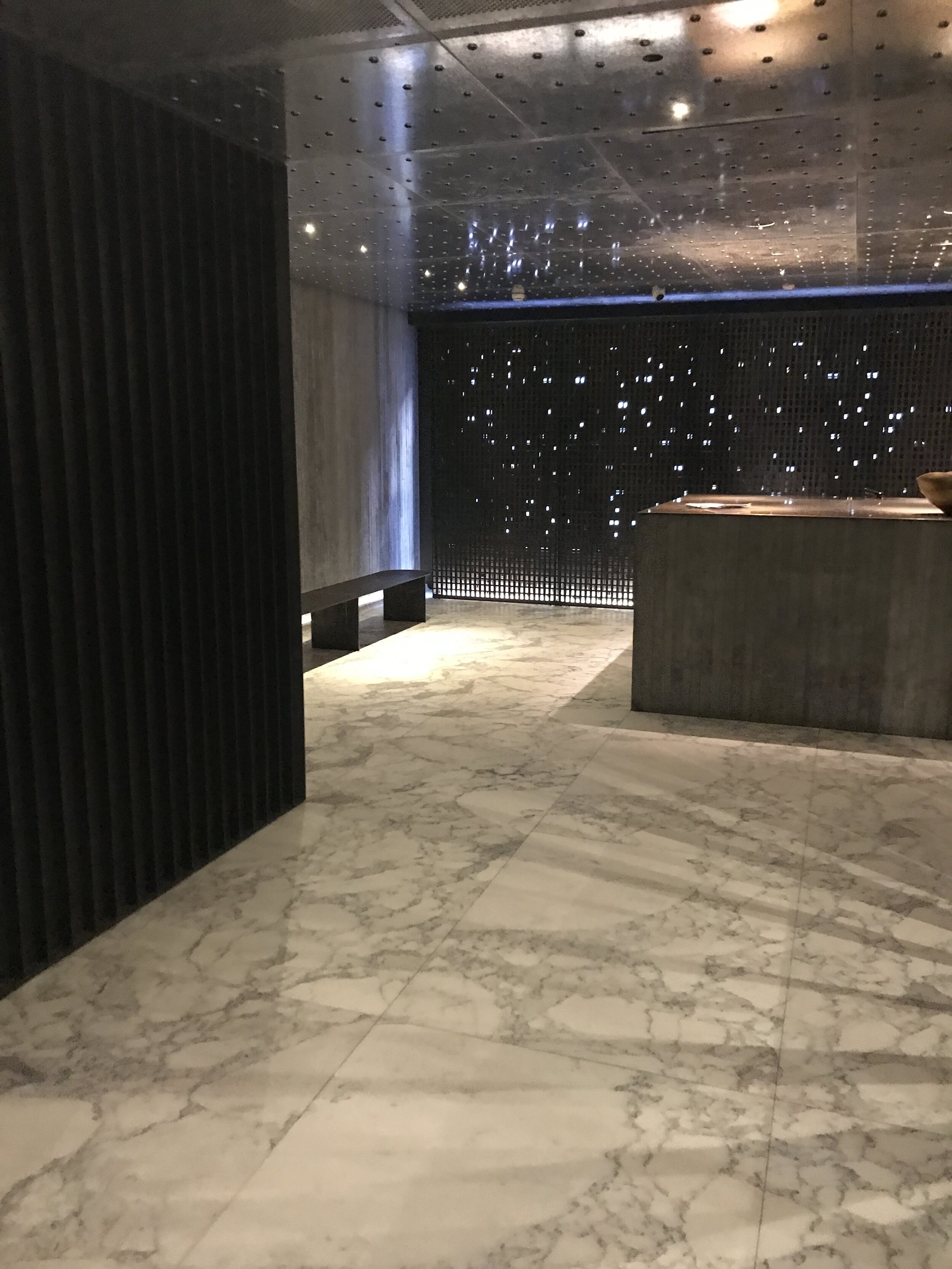So you have decided that enough is enough and the only way forward with your sanity intact is to hire an interior designer to help you with your project. But what next? What do we do on consults and how can you get the most out of your interior designer?
Contrary to what many believe Interior Designers don’t come into your house telling you that everything is wrong and force their opinions onto you about what you should do and what design direction you should take.
The design process is a 2 way conversation and we work together to create something that you are happy with as ultimately you are the one that has to live with the final result, we don’t.
So how do you get the most out of your time with an interior designer?
We start all our projects with an initial consultation with yourselves, either at your property or online. This is where we can assess whether we are a good fit and if we want to take the relationship forward. Its important that we can build a good working relationship as some projects can go on for a long time so it helps to make the process smoother and more fun if we get along.
In this consultation it will be helpful for you as the prospective client to know what it is you are after from us, so we need to know if you just want help with colours or if you would like some bespoke joinery or if you would like help sourcing or us to come in and design everything for you. This really helps us tailor the price for you as every job is different.
In this meeting its also useful to Pull images of spaces that you like, be that hotel rooms that you have loved staying in, the vibe of your favourite restaurant or anything from pinterest. Its also incredibly useful to have a folder of styles that you hate, this gives us as much information as those that you love so don’t hold back.
Unfortunately we aren’t mind readers so we will need to ask you lots of questions to get to know you and how you live so we can design a space that works for you and your lifestyle.
Words and feelings that you want the space to have are also a really useful guide, some people may want their living rooms to have a sociable feel whereas others may want a cosy, snug and relaxing space, these 2 descriptions would send us down very different design paths so its very useful if you know what it is you are looking for from the room and how you would ultimately like to use the space.
Whats your Budget?
We aren’t being nosey, we need to know this info so we know where to pitch our design. We don’t make any judgements over what your budget is and how much you have got. Sometimes the smallest budgets produce the best results as you have to be more creative and innovative.
Please let us know if you hate a specific colour. There has been more than one occasion where a client has informed us that they love all colours and can’t think of any colours that they dislike only for us to go ahead and spend time designing the space only to be told that they hate that particular shade of green. I can categorically state that everyone has colours that they love and also despise and we need to know so as not to waste your time or my time.
Lastly, you hired an Interior Designer for a reason. Be open minded to styles and ideas that they present you that you may never have thought about, its what can take a design from ‘nice’ to ‘wow’ and leave all your guests in fits of jealousy once they see the space.

























